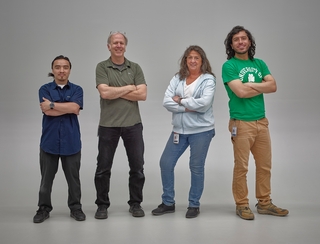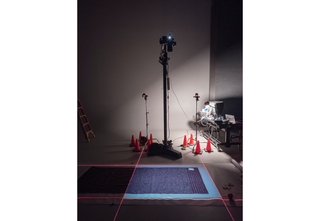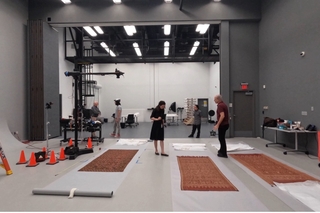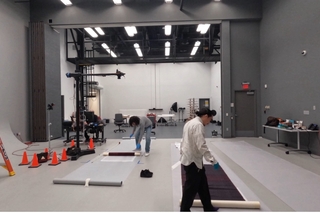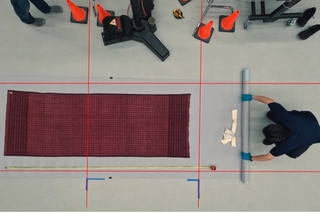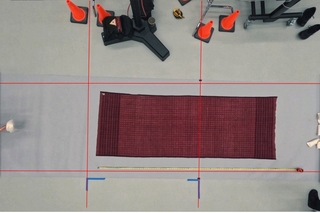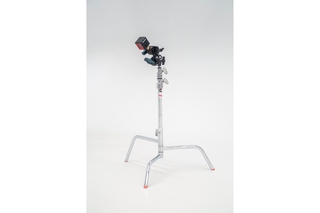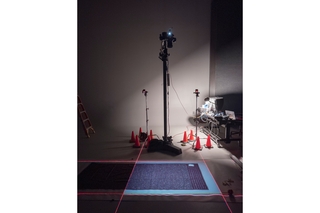Indo-Pacific Textiles Project: April 22, 2024 – May 21, 2024
- 22 workdays to complete…
- 17 shooting days + 5 additional days post processing
- 128 individual textiles
- 165 final views
Of the 128 textiles imaged:
25 textiles shot in a single capture
46 textiles as 2-shot composites
54 textiles as 3-shot composites
2 textiles as 4-shot composites
1 textile needed a 5-shot composite
On set staff:
1 Photographer, Rich House
1 Full-time art handler, Vicki Onofrio
2 Diversity Apprentice Program Art Handlers, JP Solis and Carlos Aquino, providing assistance throughout the project
7- Full days
9- Half days
Indo-Pacific Postdoctoral Associate, Arielle Winnik was available for image review in the studio.
Senior Museum Assistant Ben Diebold organized a list of textiles in an Excel spreadsheet in advance. This allowed the Art Handlers to queue textiles up by the longest dimensions down to the shortest.
YUAG Art Handlers created a textile tree specifically for this project which allowed 30 textiles at a time to be brought to the studio and had space to store each one after imaging.
Camera
Phase One IQ380, XF camera with 80mm lens as the primary setup tethered via Capture One software.
ISO 50, .4 sec @ f/8 with mirror lockup after manually dialing in final focus.
A 10’ tall Foba studio stand with one 2’ extension arm, shooting down on 4’ wide rolls of Savage storm gray seamless paper.
Lighting
After discovering how well the full spectrum ceiling lighting worked for this assignment, all images were shot with studio ceiling lights on… no strobe. This lighting has very high color rendition (97 CRI) and has the benefit of flattening any textile irregularities. This makes the sectioned views much more usable for stitching together.
Framing out the areas of image capture:
A single Lumecube 2.0 light aimed through the eye level finder with room lights off projects the area of lens coverage. It is difficult to see this framing in brighter light. With the light on in the darkened room as a guide, two laser levels were aligned to highlight the edges of camera coverage. These laser outlines were viewable as a framing reference even with full room lighting on.
Image Stitching:
Photoshop > Photomerge was used to stitch files and verify the result while each textile was still unrolled on set.
